ASCIA First Aid Plan for Anaphylaxis Pictorial
![]() ASCIA First Aid Plan Anaphylaxis Pictorial A3 Poster 2025
ASCIA First Aid Plan Anaphylaxis Pictorial A3 Poster 2025
Anaphylaxis is the most severe type of allergic reaction and should always be treated as a medical emergency. Anaphylaxis requires immediate treatment with adrenaline (epinephrine). If treatment with adrenaline is delayed, this can result in fatal anaphylaxis.
MILD TO MODERATE ALLERGIC REACTIONS
SIGNS

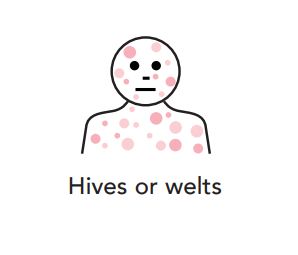
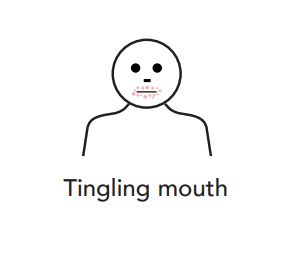
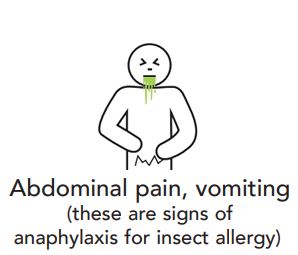
ACTIONS
- Stay with person, call for help
- Locate adrenaline device
- Phone family/emergency contact
- Insect allergy - flick out sting if visible
- Tick allergy - seek medical help or freeze tick and allow to drop off
|
Mild to moderate allergic reactions may not always occur before anaphylaxis
|
ANAPHYLAXIS (SEVERE ALLERGIC REACTIONS)
WATCH FOR ANY ONE OF THE FOLLOWING SIGNS

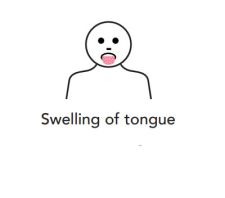
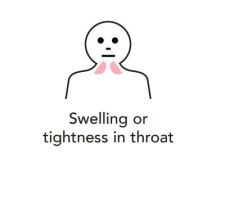
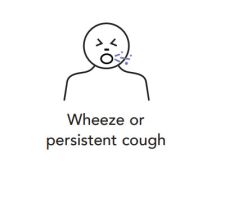
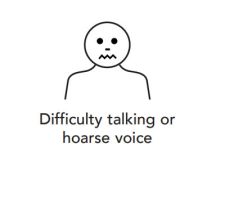
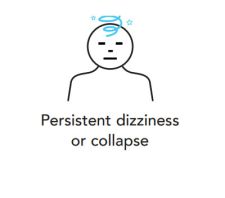

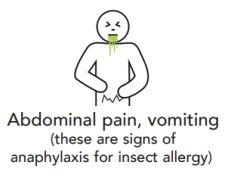
ACTIONS
• If unconscious or pregnant, place in recovery position - on left side if pregnant
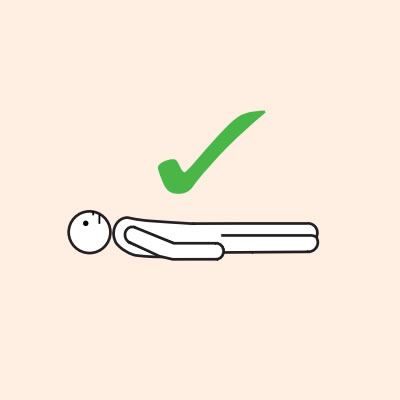

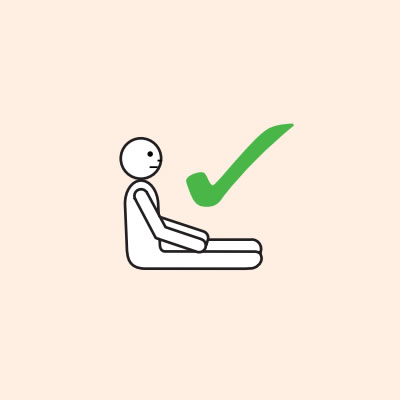
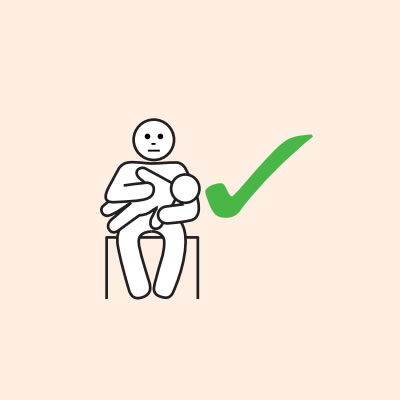

2. GIVE ADRENALINE DEVICE as shown on the device label
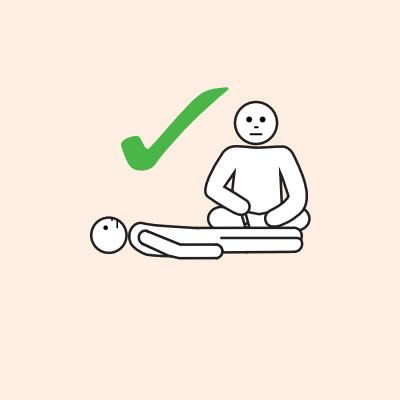

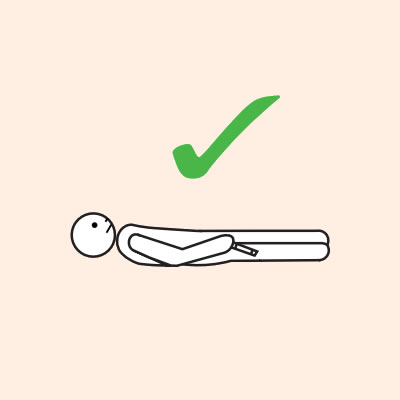


3. Phone ambulance - 000 (AU) or 111 (NZ)
4. Phone family/emergency contact
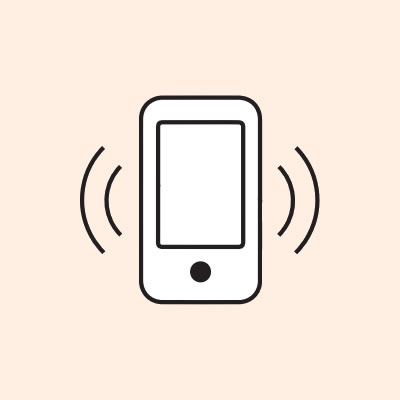
5. Further adrenaline may be given if no response after 5 minutes
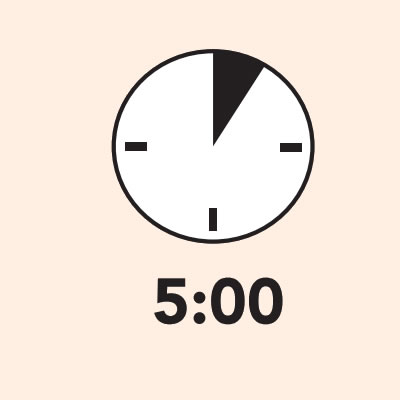
6. Transfer person to hospital for at least 4 hours of observation

IF IN DOUBT GIVE ADRENALINE DEVICE
Commence CPR at any time if person is unresponsive and not breathing normally
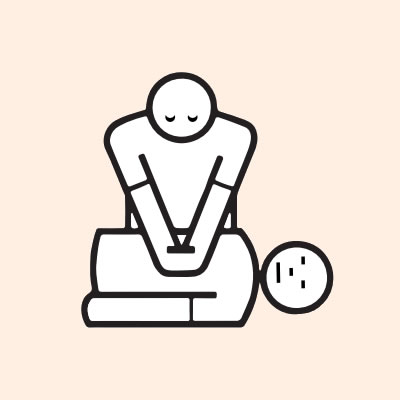
| EpiPen® Jr (150 mcg) is for children 7.5-20kg EpiPen® (300 mcg) is for children over 20kg and adults Anapen® 500 mcg is for children and adults over 50kg |
|
ALWAYS give adrenaline device FIRST, if someone has SEVERE AND SUDDEN BREATHING DIFFICULTY (including wheeze, persistent cough or hoarse voice), even if there are no skin symptoms. THEN SEEK MEDICAL HELP. |
If adrenaline is accidentally injected, phone your local poisons information centre. Continue to follow this plan for the person with the allergic reaction.
© ASCIA 2025
This pictorial poster has been developed in response to requests for a more visual version of the ASCIA First Aid Plan for Anaphylaxis, which can also assist people with limited reading ability. The plan is best viewed when printed as an A3 poster which can be displayed in schools, children’s education/care (CEC) services and other community settings. It includes infographics showing:
- Signs of mild, moderate and severe allergic reactions (anaphylaxis); and
- Actions for anaphylaxis.
Development of this poster was supported by ASCIA and the NSW Anaphylaxis Education Program (NSWAEP), as part of the Sydney Children's Hospitals Network (SCHN).
ASCIA Action Plans for First Aid - Quick links
